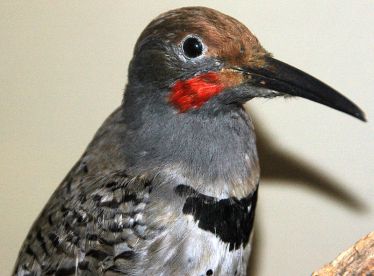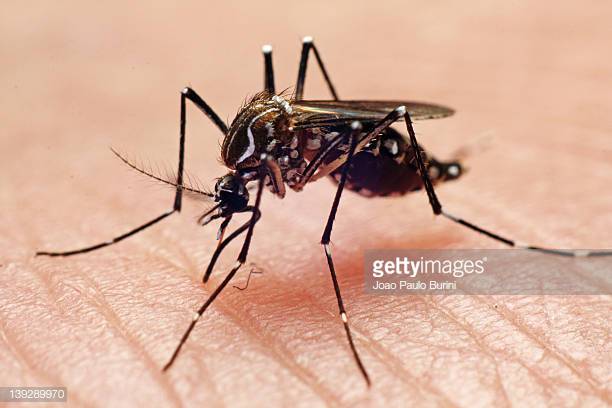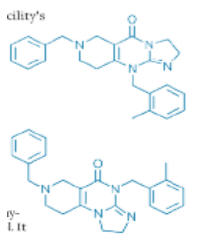 Asthma And Alcohol Consumption
Asthma And Alcohol ConsumptionAsthma is a chronic condition which causes a sudden inflammation and narrowing of airways in the...
 The Acceleration of Spirits Aging Using Ultrasound
The Acceleration of Spirits Aging Using UltrasoundBourbon, brandy and whiskey are all examples of alcoholic beverages which after fermentation and...
 The Alarming Decline In Avian Wildlife
The Alarming Decline In Avian WildlifeHabitat loss, climate change, unregulated harvest and pollution have all contributed...










